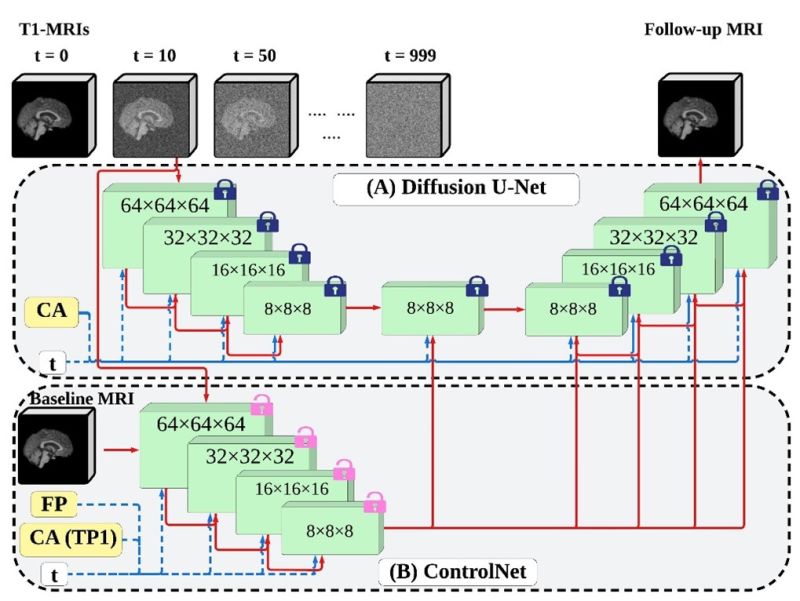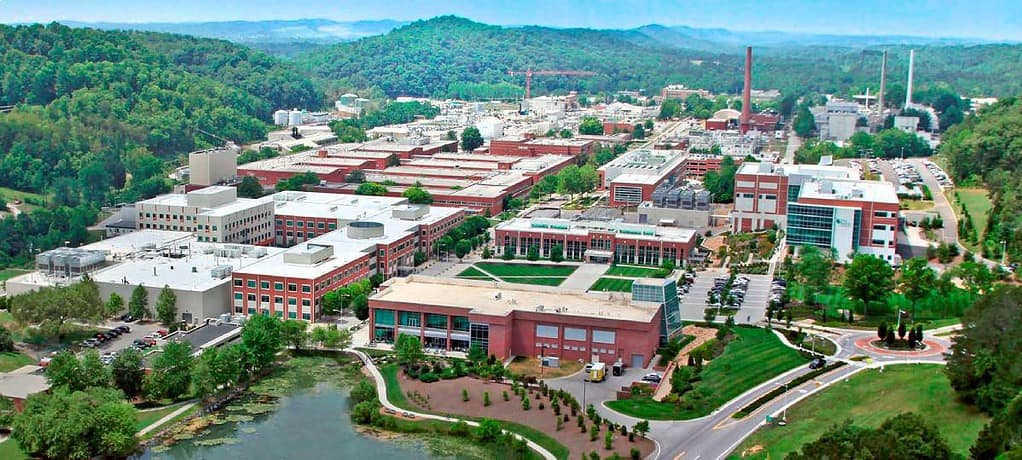Besides its own research, ORNL leads two major collaborations in quantum computing and technology.
The first, the Quantum Computing User Program, was created in 2017 and connects researchers from national laboratories, universities and private businesses with nearly 20 quantum computers.
Led by ORNL Distinguished Scientist Travis Humble, the QCUP program hosts more than 100 projects in a wide range of science domains important to the Department of Energy, including nuclear physics, high energy physics, chemistry, computational fluid dynamics and machine learning.
“The list spans the gamut of the DOE scientific mission, and that’s intentional,” Humble said. “We think materials is a top priority application, but there are many other places where quantum can be impactful. And so we’re encouraging people to work across all of them.”
The program gives researchers access to two types of qubits: superconducting circuits and trapped ion qubits. With these systems, researchers are able both to explore the possibilities of quantum computing for scientific research and weigh in on how these systems relate to the work they do on traditional supercomputers.
“This is our first foray into how we connect quantum computing and conventional computing together,” Humble said. “We’ve been doing this since 2017, and across that time, we’ve recruited lots of people from inside the lab and outside the lab to explore these quantum computing systems.
“What are the applications they can develop the algorithms for? What are the benchmarks that they want to use to monitor performance? And then, most recently, how do they compare what they would do on the quantum computer with what they would do on the high-performance computing system?”
Humble also leads the Quantum Science Center, one of five centers established by DOE under the National Quantum Initiative.


